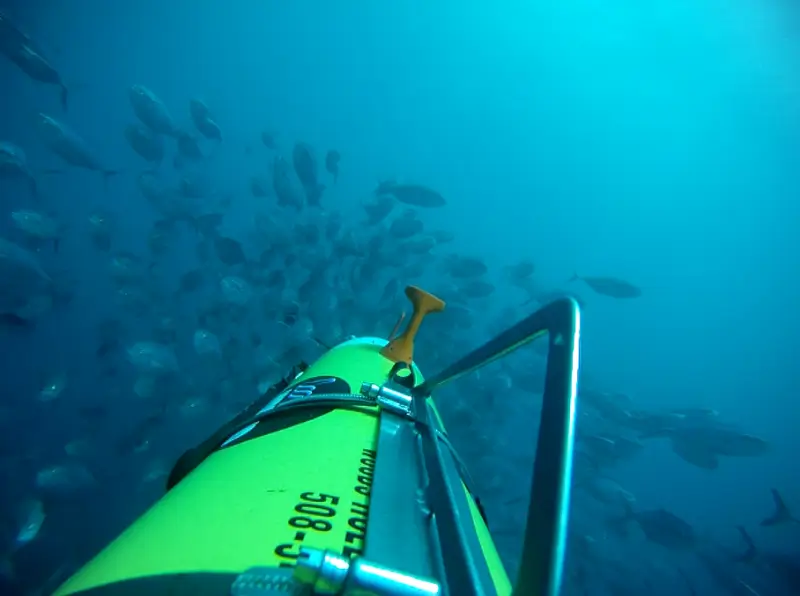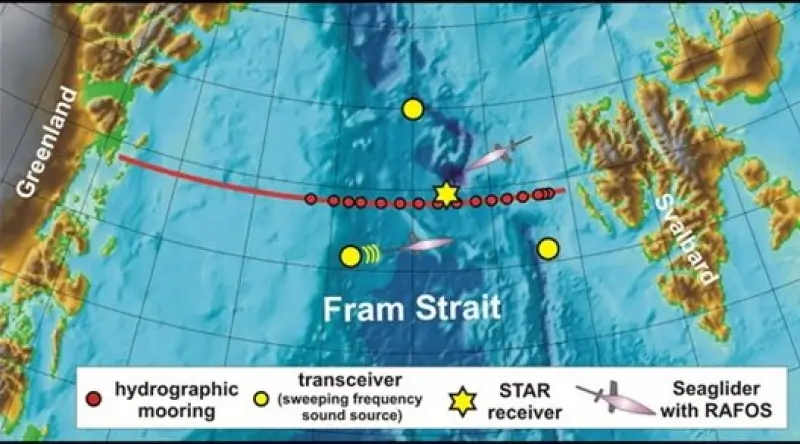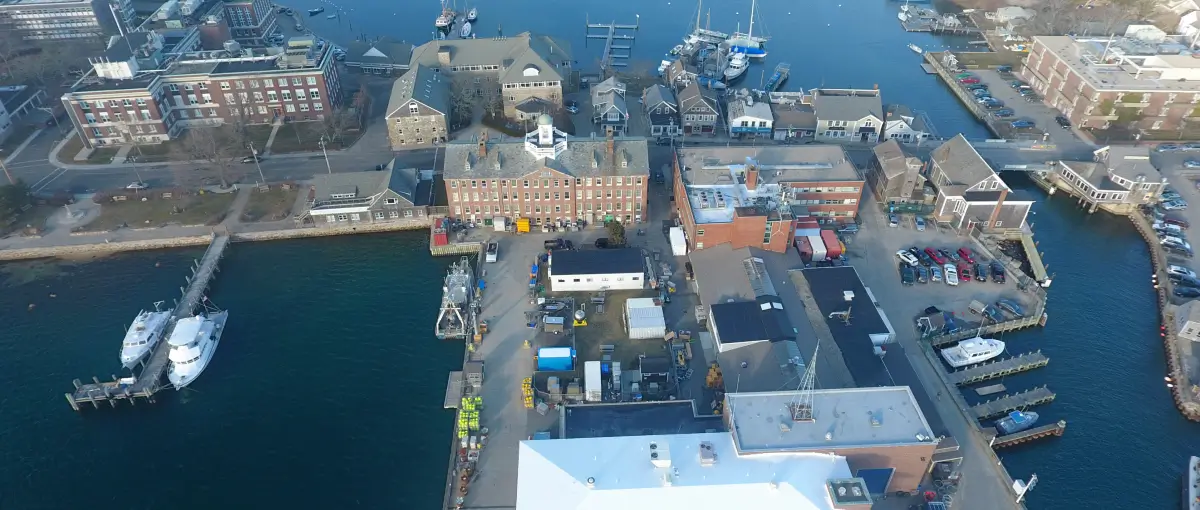For nearly a century, the Woods Hole Oceanographic Institution (WHOI) has been at the forefront of marine research. From deep-sea exploration to cutting-edge climate science, WHOI’s work has pushed forward our collective understanding of the oceans and their role in our planet’s ecosystems.
At the heart of the mission is the Ocean Acoustics and Signals Lab, where researchers like Arthur Newhall, an Emeritus Research Scholar, study underwater sounds to reveal the sea’s hidden life.
By analyzing acoustic data, the team tracks phenomena like whale migrations, fish movements, vessel traffic, and environmental shifts.
However, even the most sophisticated research depends on data—which sometimes, unfortunately, tends to be deceptively fragile. When one of WHOI’s SD cards containing valuable field recordings suddenly became unreadable, years of insight was at stake. That’s when the team turned to Secure Data Recovery for help.

The Data That Vanished Beneath the Surface
During a recent field deployment, the Ocean Acoustics and Signals Lab team returned with a full SD card, packed with valuable acoustic recordings: countless hours of underwater sound captured from the New England coast. But when the team attempted to access the data, something wasn’t quite right.
The card showed seven large files, each of which should have been around 10GB—their data write logs reaffirmed this. However, none of the files were showing as being complete: each file was displaying a 4GB size, suggesting that entire segments of field recordings were missing.
For researchers like Arthur Newhall, that gap was more than just missing numbers. It was several days’ worth of continuous underwater data; an irreplaceable window into the ocean’s ever-changing soundscape.
The team tried multiple data recovery tools, each claiming to be able to fix the corruption. Unfortunately, none were successful. The missing data was still somewhere on the SD card—they just couldn’t reach it.
When the File System Fails
Behind WHOI’s data loss incident was a technical limitation that most users never have to deal with: the FAT32 file system.
Commonly used in SD cards and other portable storage devices, the FAT32 file system has a strict rule: no single file can exceed 4GB. Indeed, the file system is named after this fact, with files having a size limit of 232 bytes (i.e. ~4 billion bytes, or 4 gigabytes).
During WHOI’s extended field recordings, their acoustic equipment carried on capturing data beyond the threshold allowed by FAT32.
The result was a set of files that seemed to have been recorded completely, but were showing to only be 4GB large. The remaining 6GB of recordings in each file were still physically stored on the card, but inaccessible through normal means.
The computer’s file system couldn’t “see” the extra data, treating those missing gigabytes of data as though they never existed.
Unfortunately, traditional recovery software isn’t designed to handle this kind of structural issue; it can detect corruption, but it can’t reconstruct fragmented files that extend beyond file system limits.
This made WHOI’s case uniquely challenging, requiring a level of precision that standard tools couldn’t offer.
Turning to Secure Data Recovery
With a massive batch of research data at stake, WHOI reached out to us at Secure Data Recovery for professional help. Arthur Newhall’s team already suspected that the problem was related to the system’s file handler—and they were right.
Our engineers confirmed that the missing data wasn’t gone; it was simply hidden beyond the FAT32 file system’s limits, and required a manual rebuild from the raw binary level.
We assigned the case to one of our senior engineers, who began a granular inspection of each byte on the SD card using a hex editor.
By analyzing file headers, binary sequences, and embedded metadata, our team was able to pinpoint where each file had been truncated, and where the remaining fragments resided on the card.
Piece by piece, we manually reconstructed the first file, effectively “stitching” the hidden data back together.
Since our lab didn’t have WHOI’s specialized ocean acoustics playback software, we couldn’t verify that our reconstructed file worked as it should.
Collaboration was key: we worked closely with Arthur and his team, sending them a sample of our reconstructed audio file for validation before finalizing the recovery.
A Successful Collaboration
Once we heard back from Arthur’s team that the test file played correctly, our engineers proceeded to rebuild all seven of WHOI’s acoustic recordings, restoring each one to its full 10GB structure.
We methodically reconstructed and verified every byte of lost data, ensuring the integrity of the files before delivering them.
Arthur confirmed that the recovered data was not only accessible, but fully usable for their ongoing research. From our perspective at Secure Data Recovery, this was a critical success for a project that relied on long-term, high-resolution underwater sound recordings.

Data Recovery for Discovery
In marine research, every dataset tells part of a much larger story: one that spans ecosystems, decades, and continents.
For scientific research institutions like the Woods Hole Oceanographic Institution, and the Ocean Research Project (ORP), preserving that data means preserving invaluable insights into ocean health, climate patterns, and the behavior of marine life.
By successfully restoring WHOI’s lost field recordings most recently, Secure Data Recovery helped ensure that years of acoustic monitoring remained scientifically complete and reliable for future reference and analysis.
It’s a reminder that every breakthrough in research is underpinned by gigabytes, or even terabytes, of data that needs to be protected.
Our team is proud to support universities, government agencies, and research labs—across the US and beyond—to do just that: protect their data.
We offer 24/7 emergency recovery options, certified cleanroom facilities, and a 96% success rate over nearly two decades.
Lost research data or field recordings? Call 800-388-1266 or start your case online today!








